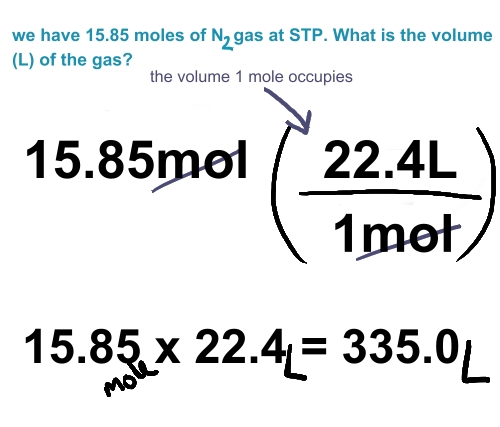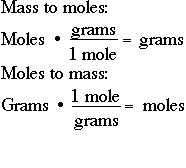- The mass (in grams) of 1 mole of a substance is called the molar mass
- it can be determined from the atomic mass on the periodic table
- measure in grams over moles (g/mole)
Molar Mass of Compounds
- to determine the molar mass of a compound add the mass of all the atoms together
Element:
FeO- 55.8=16.0=71.8 g/mol
NO- 14=2(16)= 46.0 g/mol
PCl˅5- 31.0+5(35.5)= 208.5 g/mol
Na˅2SO˅4- 2(23.0)=32.1+4(16.0)= 142.1 g/mol
H˅2O- 2(1.0)=16.0= 18.0 g/mol
AlCl˅3- 27.0=3(35.5)= 133.5 g/mol

By: Krysta Del Rosario :D






